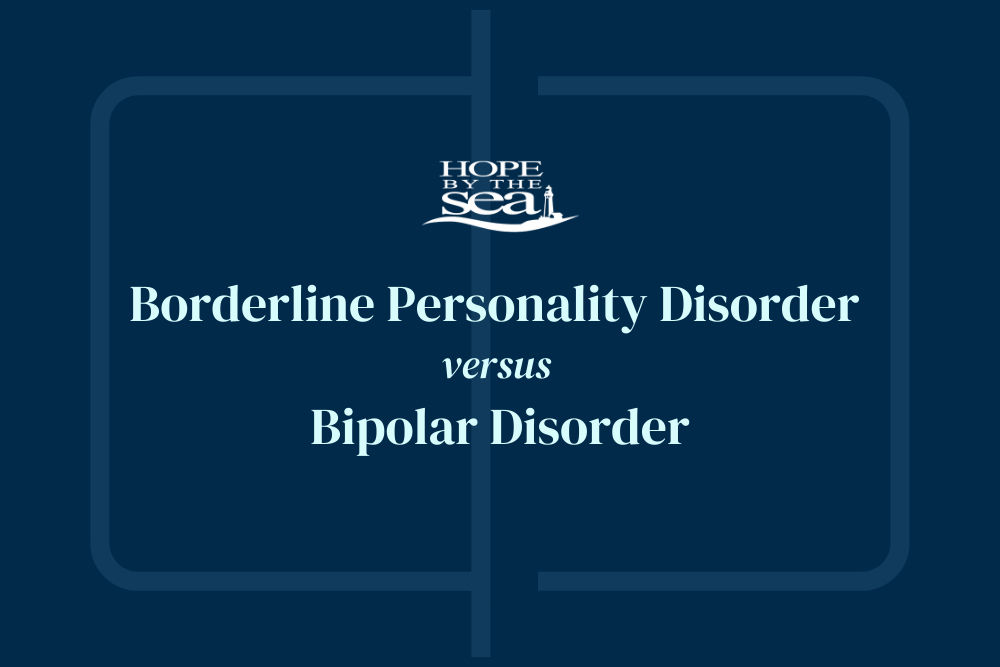Bipolar disorder and borderline personality disorder affect millions of American adults, and these two illnesses share similar traits, including dramatic mood swings and impulsive behavior. However, their symptoms have different characteristics. Here’s what you should know.
What Makes BPD Different From Bipolar Disorder?
When diagnosing a mental illness, a health professional will ask you questions about what you are feeling and how long you’ve experienced these problems.
- Quality: People with bipolar disorder tend to experience periods of mania and depression, while BPD causes intense emotional pain, fear of abandonment and feelings of emptiness, desperation, anger, hopelessness and loneliness.
- Duration: With BPD, mood swings may last for only a few hours at a time. In contrast, people with bipolar disorder tend to have manic, depressed or mixed episodes that last for days or weeks.
- Triggers: Mood shifts in BPD are usually in reaction to a specific stressor, such as an argument with a loved one, while the highs and lows of bipolar disorder may occur seemingly out of nowhere.
- Severity: Unlike bipolar disorder, BPD rarely causes elation or elevated energy levels. Usually, the shift is from being upset to feeling OK.
Mood Disorder vs. Personality Disorder
Bipolar disorder is a mood disorder primarily involving extreme highs and lows. During a manic phase, you may feel so excited and energetic that you go without sleep or work at a frenetic pace. You might also lose touch with reality and behave inappropriately. When you are depressed, you can feel sad, apathetic and hopeless for several weeks at a time. However, between episodes of mania and depression, you could feel relatively stable and demonstrate a high ability to function.
Unlike bipolar disorder, BPD is a personality disorder characterized by specific thoughts and behavioral patterns. People with BPD often have an insecure attachment style, which means they have trouble accurately reading people’s emotions and developing trust. If you have BPD, your emotions and identity can largely depend on your relationships with others, and you could rely on the people around you to tell you what to do.
Is Treatment Available?
While there’s no cure for bipolar disorder or BPD, the good news is that both conditions respond to treatment. For example, making specific lifestyle changes and working with a therapist are two of the most effective strategies for learning to manage mental illness. It also helps to learn how to recognize your symptoms, so you can seek additional support when you’re feeling unstable.
Many people with bipolar disorder find some relief from their symptoms by taking mood-stabilizing medications. Meanwhile, if you have BPD, you can get better through techniques like cognitive and dialectical behavioral therapy, which can teach you to recognize negativity, regulate your emotions and engage in healthy relationships.
The Link Between Mental Illness and Substance Abuse
When conditions like BPD and bipolar disorder are disrupting your life and causing you emotional turmoil, abusing drugs or alcohol could start to seem like an outlet for your complicated feelings, leading to addiction. At Hope by the Sea, we screen all our clients for dual diagnoses upon arrival and throughout treatment. To learn more about seeking help, contact our California rehab center today.

